Dividend-yielding ETFs (exchange-traded funds) have become the rage recently as tech stocks on the Nasdaq have plummeted, and people are seeking more income. So it is no surprise that people have been talking about dividend growth ETFs like SCHD and VIG. If dividend investing is part of your investment strategy, then you should look at SCHD and VIG. This article will compare SCHD vs. VIG as two potential ETFs to include in your portfolio.
These two dividend growth ETFs are some of the best on the market. What makes these so appealing to investors? It is hard to know which one to pick for your portfolio. So let’s get down to the facts; after seeing those facts, you can choose which one you may select.
The Schwab US Dividend Equity ETF (SCHD) Overview:
SCHD is the Schwab US Dividend Equity ETF that tracks the Dow Jones US Dividend 100 Index. It is comprised of 103 large-cap stocks that pay dividends while having a history of ten consecutive years of increasing their dividend—making the ETF a great value since they look at consistency for their holdings.
Not only does this ETF have sustainable companies, but it is all done at a low cost to the investor. With an expense ratio of 0.06%, the investor pays about $6 for every $10,000 invested, making it a low-cost investment.
Most dividend investors also want to look at the yield of their stocks and funds, and SCHD comes in with a 30-day SEC yield of 3.36%, which is better than most on the market. In addition, they are averaging a dividend growth rate of 12% per year, meaning their dividend continues to increase quickly over time.
The portfolio has placed 21.14% in Information Technology and 20.51% in Financials. The other top three sectors are Consumer Staples at 14.00%, Healthcare at 12.48%, and Industrials at 11.27%. Also, SCHD is a market cap-weighted fund. No company has a weighting of more than ~4%. This prevents the fund from becoming too heavily concentrated in one company.
The top 10 holdings of SCHD:
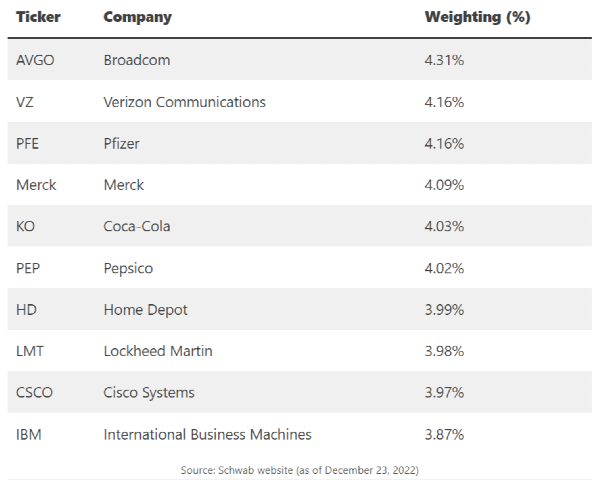
The top 10 holdings make up about 40.58% of the fund.
Related Articles About SCHD on Dividend Power
Vanguard Dividend Appreciation Index Fund ETF (VIG)
The Vanguard Dividend Appreciation Index Fund ETF (VIG) is an ETF that seeks to track the performance of the S&P U.S. Dividend Growers Index. It is comprised of 289 stocks, with a focus on companies that are increasing their dividends year after year consecutively for ten years, meaning the stocks are at least Dividend Contenders.
The focus is on companies that grow. It can be seen as the main difference between VYM vs. VIG. VYM seeks to pay investors now with high dividend yield stocks, and VIG aims to have dividend growth stocks, companies growing their annual dividends.
Over the long run, they have averaged 12.29% overall performance in the last ten years but have lagged the S&P 500 Index in 3-year and 5-year periods.
VIG does hold more tech stocks, like Microsoft (MSFT), Mastercard (MC), and Visa (V). All three are in their top 10 holdings. So if those tech stocks grow, the fund should see more of a price rise.
Like SCHD, VIG has a 0.06% expense ratio associated with the fund, making it a great low-cost index fund. It also has a 30-day SEC yield of 1.81%, slightly higher than the S&P 500 Index. On average, the dividend has increased by 8.1% over the last five years.
The portfolio has about 22.90% in Information Technology and 15.60% in Healthcare. The other top three sectors are Financials at 15.20%, Consumer Staples at 13.50%, and Industrials at 13.50%.
The top 10 holdings of VIG:

The top 10 holdings make up about 29.12% of the fund.
The Big Differences Between SCHD and VIG
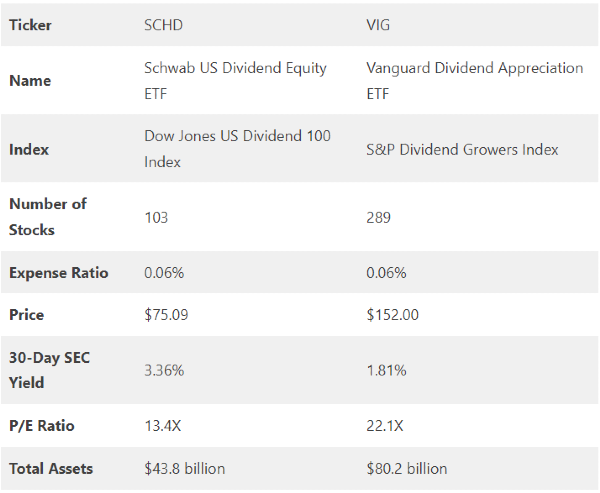
SCHD vs. VIG: Composition Differences
The top sector is similar with SCHD and VIG having over 20% of their portfolios in the Information technology Sector. However, the actual composition difference comes with SCHD being heavily focused on Financials and VIG having a larger focus on Healthcare. Those are the most significant differences in sector composition. In addition, there exist overlaps in the top 10 holdings.

SCHD vs. VIG: The Dividend Yield
The dividend yield differs between these two funds. SCHD has a higher 30-day SEC yield of 3.36%, and VIG has a yield of 1.81%. As a result, VIG’s dividend yield is much lower and similar to VOO’s dividend yield.
With dividend yields, you must look at the underlying assets. Since VIG has some tech stocks making up the top 10% of the portfolio, their dividend yields are lower than a company like Verizon, which is in the top ten holdings of SCHD.
SCHD vs. VIG: The Overall Performance
SCHD and VIG are great ETFs to hold in your portfolio. With a higher yield and price appreciation, SCHD has had a better overall performance over the last ten years.
SCHD has only been around since 2011, so knowing how it will fare in the long run is yet to be seen, but it has done pretty well with a higher yield.
In the last five years, SCHD has had an annualized total return of 12.75%, and VIG has an annualized return of 11.35%. In the previous ten years, the annualized total return for SCHD was 14.14%, and for VIG, it was 12.52%.
With a dividend yield of 3.36% for SCHD and 1.81% for VIG, SCHD adds more income to help the overall performance.
Since October 21, 2011, when SCHD started, SCHD has increased 313%, and VIG has increased 280% in the same period. That is a difference of 33% between the two funds, and compounding interest will help you grow your money much more with SCHD.
SCHD vs. VIG: Similarities Between the Two Funds
These funds share a few good things when looking for good dividend ETFs.
- Low cost of 0.06% Expense ratio
- Only comprised of stocks that increase dividends for at least ten years
- Higher yields than the S&P 500 Index
- No company can have more than a 4% weighting in the fund.
SCHD and VIG seem relatively similar, but their portfolios are composed differently, and the concentration of stocks is different. These differences affect the overall performance of the two funds.
Investing in Dividend ETFs
Dividend ETFs help many investors as they approach a bear market. With market volatility, owning value stocks that pay cash dividends helps with uncertainty. Dividend-paying stocks may not outperform the overall market every year, but these current yields can help provide the shareholder with dividend income and cushion during market downturns.
SCHD and VIG may provide a high yield, but they do not have too many energy stocks like Exxon (XOM) or any Real Estate Investment Trusts (REITs). In the past, energy stocks have cut their dividends, and REITs provide unfavorable taxable gains because the dividends are not qualified. The best part is these ETFs work on picking some of the best blue-chip stocks out there.
SCHD vs. VIG: Which is The Best One to Choose?
These are two different funds that strive to be dividend growth funds. They have low costs, seek companies that increase their dividends over ten years, and have higher yields than the S&P 500 Index.
As a dividend investor, ETF investing may not be your first choice compared to stocks. But the option is yours on which fund you may pick. VIG is with Vanguard and allows you to buy fractional shares plus reinvest the dividends. SCHD has a higher yield and better performance over the long run, which you can invest in at Schwab. With these two ETFs, you will have diversified funds, provide an income stream, and provide retirement income.
As you make your decision, know the facts of each fund. Then, look at how they will benefit your portfolio and fit your strategy. These are better ETFs to choose if you seek dividends and growth.
Disclosure: Long SCHD
Related Articles on Dividend Power
Here are my recommendations:
Affiliates
- Simply Investing Report & Analysis Platform or the Course can teach you how to invest in stocks. Try it free for 14 days.
- Sure Dividend Pro Plan is an excellent resource for DIY dividend growth investors and retirees. Try it free for 7 days.
- Stock Rover is the leading investment research platform with all the fundamental metrics, screens, and analysis tools you need. Try it free for 14 days.
- Portfolio Insight is the newest and most complete portfolio management tool with built-in stock screeners. Try it free for 14 days.



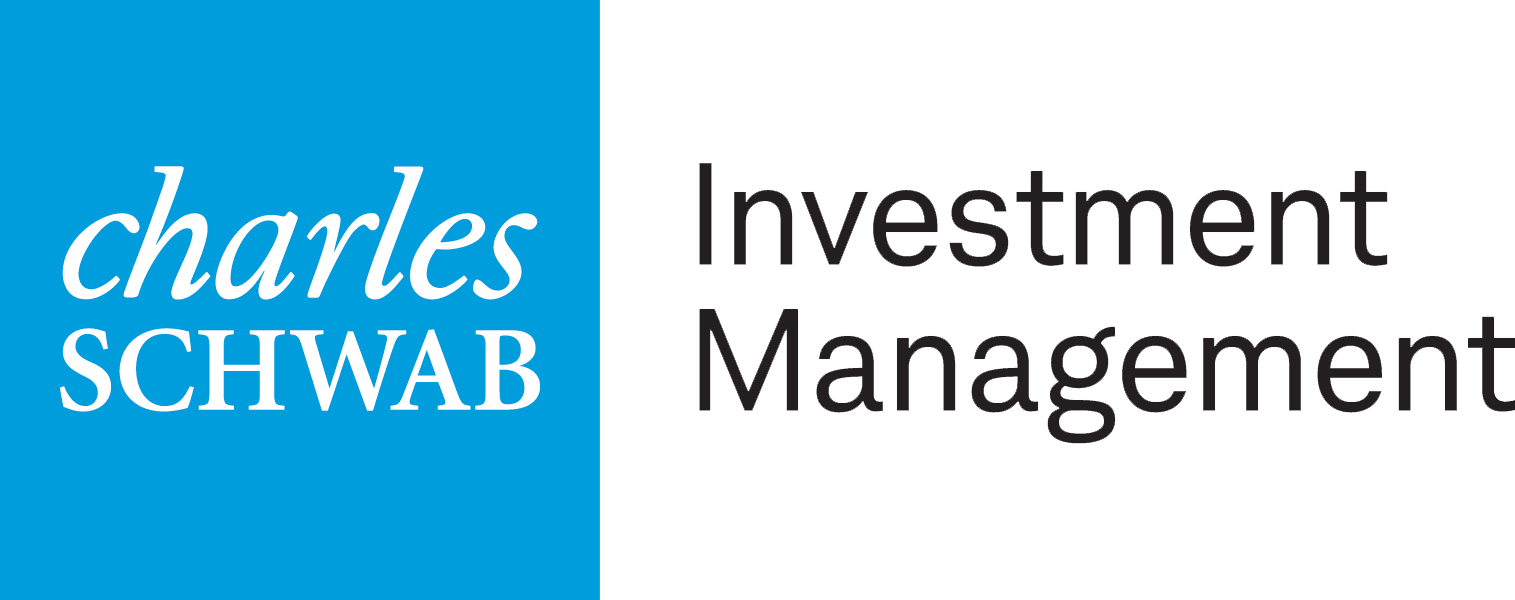
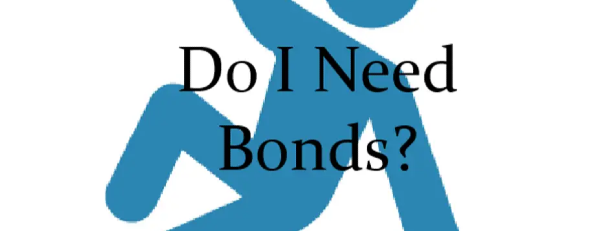



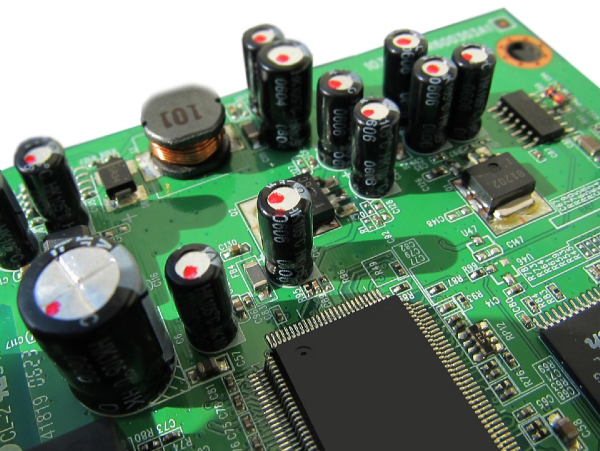
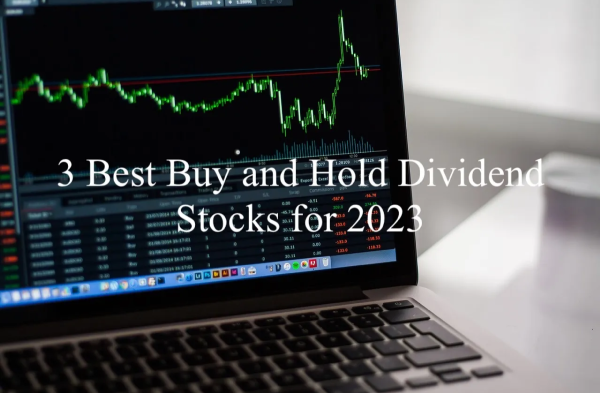
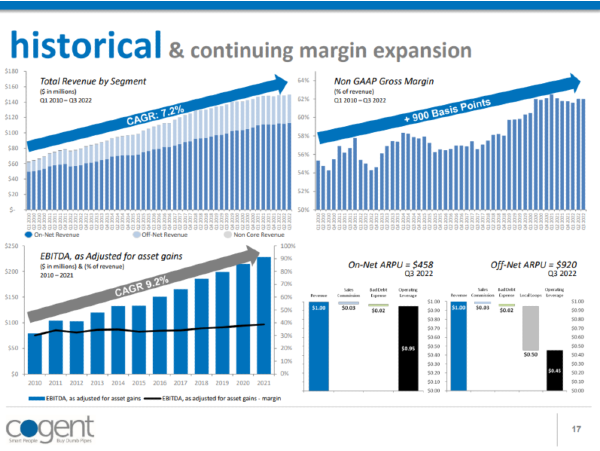

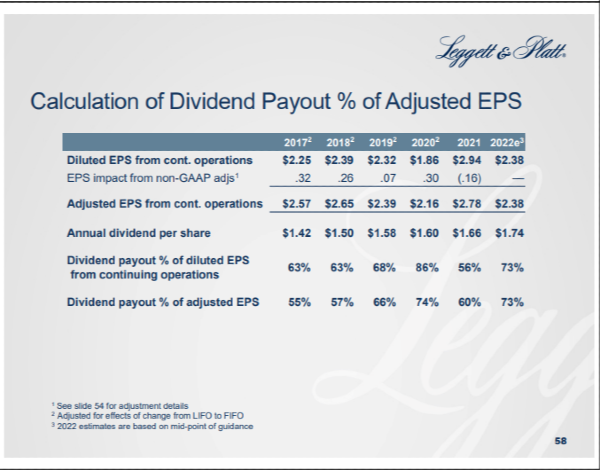
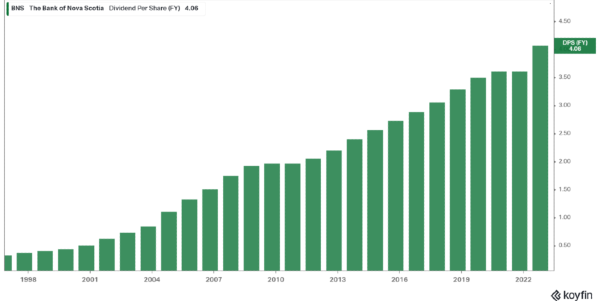







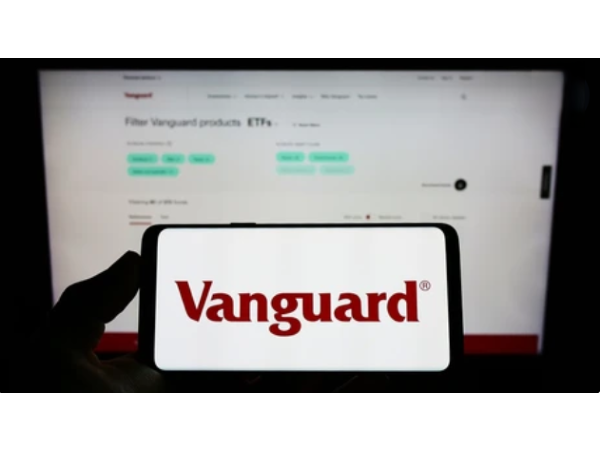









Dividend-yielding ETFs (exchange-traded funds) have become the rage recently as tech stocks on the Nasdaq have plummeted, and people are seeking more income. So it is no surprise that people have been talking about dividend growth ETFs like SCHD and VIG. If dividend investing is part of your investment strategy, then you should look at SCHD and VIG. This article will compare SCHD vs. VIG as two potential ETFs to include in your portfolio.
These two dividend growth ETFs are some of the best on the market. What makes these so appealing to investors? It is hard to know which one to pick for your portfolio. So let’s get down to the facts; after seeing those facts, you can choose which one you may select.
The Schwab US Dividend Equity ETF (SCHD) Overview:
SCHD is the Schwab US Dividend Equity ETF that tracks the Dow Jones US Dividend 100 Index. It is comprised of 103 large-cap stocks that pay dividends while having a history of ten consecutive years of increasing their dividend—making the ETF a great value since they look at consistency for their holdings.
Not only does this ETF have sustainable companies, but it is all done at a low cost to the investor. With an expense ratio of 0.06%, the investor pays about $6 for every $10,000 invested, making it a low-cost investment.
Most dividend investors also want to look at the yield of their stocks and funds, and SCHD comes in with a 30-day SEC yield of 3.36%, which is better than most on the market. In addition, they are averaging a dividend growth rate of 12% per year, meaning their dividend continues to increase quickly over time.
The portfolio has placed 21.14% in Information Technology and 20.51% in Financials. The other top three sectors are Consumer Staples at 14.00%, Healthcare at 12.48%, and Industrials at 11.27%. Also, SCHD is a market cap-weighted fund. No company has a weighting of more than ~4%. This prevents the fund from becoming too heavily concentrated in one company.
The top 10 holdings of SCHD:
The top 10 holdings make up about 40.58% of the fund.
Related Articles About SCHD on Dividend Power
Vanguard Dividend Appreciation Index Fund ETF (VIG)
The Vanguard Dividend Appreciation Index Fund ETF (VIG) is an ETF that seeks to track the performance of the S&P U.S. Dividend Growers Index. It is comprised of 289 stocks, with a focus on companies that are increasing their dividends year after year consecutively for ten years, meaning the stocks are at least Dividend Contenders.
The focus is on companies that grow. It can be seen as the main difference between VYM vs. VIG. VYM seeks to pay investors now with high dividend yield stocks, and VIG aims to have dividend growth stocks, companies growing their annual dividends.
Over the long run, they have averaged 12.29% overall performance in the last ten years but have lagged the S&P 500 Index in 3-year and 5-year periods.
VIG does hold more tech stocks, like Microsoft (MSFT), Mastercard (MC), and Visa (V). All three are in their top 10 holdings. So if those tech stocks grow, the fund should see more of a price rise.
Like SCHD, VIG has a 0.06% expense ratio associated with the fund, making it a great low-cost index fund. It also has a 30-day SEC yield of 1.81%, slightly higher than the S&P 500 Index. On average, the dividend has increased by 8.1% over the last five years.
The portfolio has about 22.90% in Information Technology and 15.60% in Healthcare. The other top three sectors are Financials at 15.20%, Consumer Staples at 13.50%, and Industrials at 13.50%.
The top 10 holdings of VIG:
The top 10 holdings make up about 29.12% of the fund.
The Big Differences Between SCHD and VIG
SCHD vs. VIG: Composition Differences
The top sector is similar with SCHD and VIG having over 20% of their portfolios in the Information technology Sector. However, the actual composition difference comes with SCHD being heavily focused on Financials and VIG having a larger focus on Healthcare. Those are the most significant differences in sector composition. In addition, there exist overlaps in the top 10 holdings.
SCHD vs. VIG: The Dividend Yield
The dividend yield differs between these two funds. SCHD has a higher 30-day SEC yield of 3.36%, and VIG has a yield of 1.81%. As a result, VIG’s dividend yield is much lower and similar to VOO’s dividend yield.
With dividend yields, you must look at the underlying assets. Since VIG has some tech stocks making up the top 10% of the portfolio, their dividend yields are lower than a company like Verizon, which is in the top ten holdings of SCHD.
SCHD vs. VIG: The Overall Performance
SCHD and VIG are great ETFs to hold in your portfolio. With a higher yield and price appreciation, SCHD has had a better overall performance over the last ten years.
SCHD has only been around since 2011, so knowing how it will fare in the long run is yet to be seen, but it has done pretty well with a higher yield.
In the last five years, SCHD has had an annualized total return of 12.75%, and VIG has an annualized return of 11.35%. In the previous ten years, the annualized total return for SCHD was 14.14%, and for VIG, it was 12.52%.
With a dividend yield of 3.36% for SCHD and 1.81% for VIG, SCHD adds more income to help the overall performance.
Since October 21, 2011, when SCHD started, SCHD has increased 313%, and VIG has increased 280% in the same period. That is a difference of 33% between the two funds, and compounding interest will help you grow your money much more with SCHD.
SCHD vs. VIG: Similarities Between the Two Funds
These funds share a few good things when looking for good dividend ETFs.
SCHD and VIG seem relatively similar, but their portfolios are composed differently, and the concentration of stocks is different. These differences affect the overall performance of the two funds.
Investing in Dividend ETFs
Dividend ETFs help many investors as they approach a bear market. With market volatility, owning value stocks that pay cash dividends helps with uncertainty. Dividend-paying stocks may not outperform the overall market every year, but these current yields can help provide the shareholder with dividend income and cushion during market downturns.
SCHD and VIG may provide a high yield, but they do not have too many energy stocks like Exxon (XOM) or any Real Estate Investment Trusts (REITs). In the past, energy stocks have cut their dividends, and REITs provide unfavorable taxable gains because the dividends are not qualified. The best part is these ETFs work on picking some of the best blue-chip stocks out there.
SCHD vs. VIG: Which is The Best One to Choose?
These are two different funds that strive to be dividend growth funds. They have low costs, seek companies that increase their dividends over ten years, and have higher yields than the S&P 500 Index.
As a dividend investor, ETF investing may not be your first choice compared to stocks. But the option is yours on which fund you may pick. VIG is with Vanguard and allows you to buy fractional shares plus reinvest the dividends. SCHD has a higher yield and better performance over the long run, which you can invest in at Schwab. With these two ETFs, you will have diversified funds, provide an income stream, and provide retirement income.
As you make your decision, know the facts of each fund. Then, look at how they will benefit your portfolio and fit your strategy. These are better ETFs to choose if you seek dividends and growth.
Disclosure: Long SCHD
Related Articles on Dividend Power
Here are my recommendations:
Affiliates
Originally Posted in Dividend Power